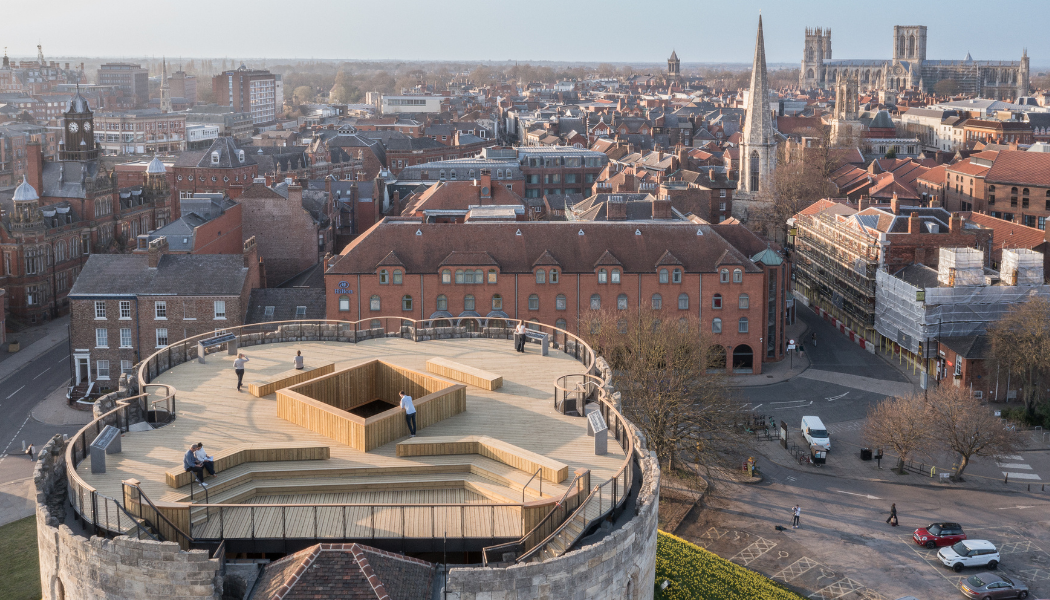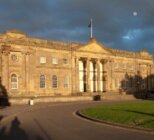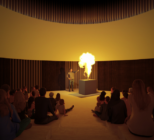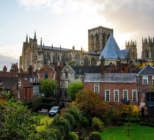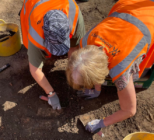English Heritage is set to reopen Clifford’s Tower in York to the public this weekend following a major £5 million project to conserve and transform the interior of the 800-year-old landmark.
The tower, previously an empty shell, has been fitted with a free-standing timber structure, protecting the ruin and creating a new roof deck to provide views over York.

Staircases and hanging walkways combine to take visitors 10 metres up to a new roof deck.On the tower’s lost first floor, aerial walkways provide access to previously hidden rooms not seen since Clifford’s Tower was gutted by fire in 1684 which include a toilet built especially for Henry III.
New interpretation will allow visitors to explore the castle’s founding by William the Conqueror, the tower’s role as the site of the tragic 1190 massacre and suicide of York’s Jewish community and the role of the castle as both a medieval royal stronghold and a garrison during the Civil War.
As part of the English Heritage project, the tower has also been conserved. Exposed to the elements for more than 300 years, its historically fire damaged stonework, and the walls, turret stairs, arrow slits and fireplaces have been repaired. The chapel has been reroofed, while the carved heraldic plaques above the entrance to Clifford’s Tower, showing the coats of arms of Charles I and Henry Clifford, Earl of Cumberland, have also been conserved.
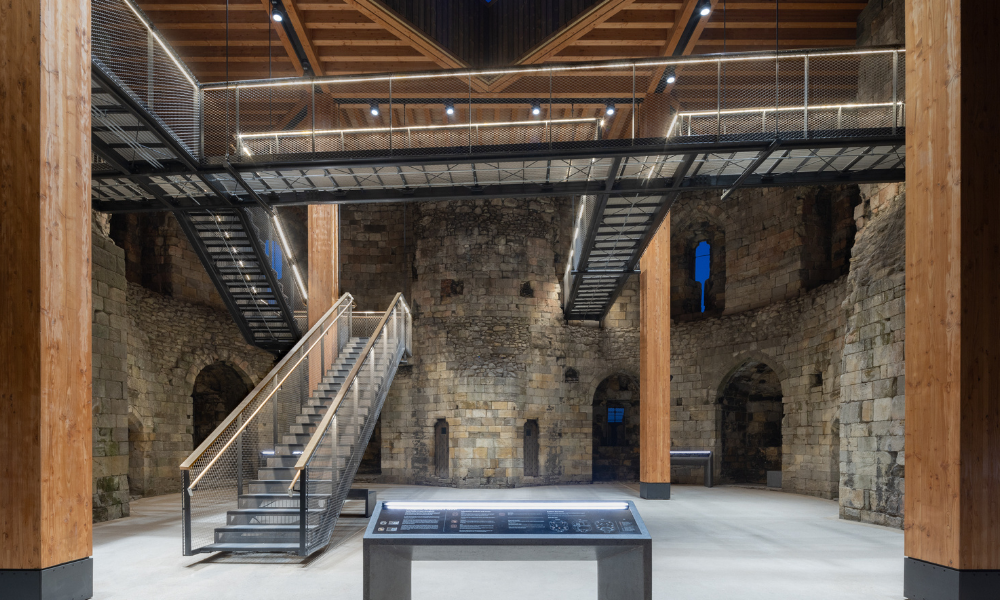
Jeremy Ashbee, Head Properties Curator at English Heritage said Clifford’s Tower is “almost all that remains of York Castle, which was the centre of government for the North throughout the Middle Ages and up to the 17th-century – the place where the whole of the North of England was ruled from.
“We not only wanted to preserve this incredible building but also do justice to its fascinating and multi-faceted history.”

